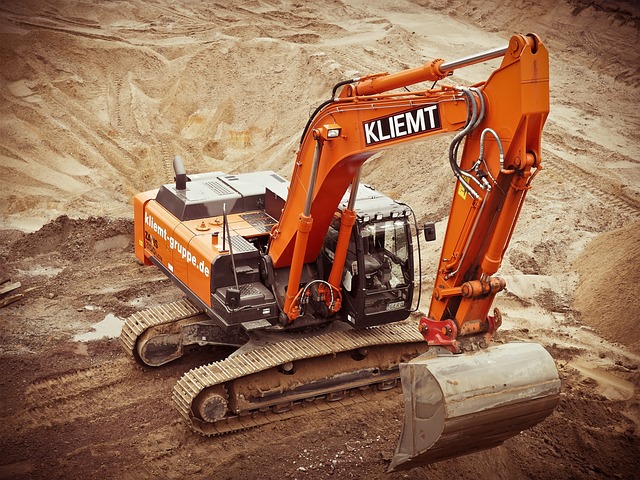Select Vehicle-to-Vehicle (V2V) Communication technology enhances road safety through real-time data exchange between vehicles using DSRC or cellular networks. It reduces accident risks by sharing position, speed, and direction, improving reaction times and driver decision-making. Market trends drive down costs, making V2V more accessible, while standardization efforts ensure interoperability. This digital age innovation supports integrated mobility solutions like truck platooning, enhancing fuel efficiency and environmental sustainability with robust data encryption for security.
Modernizing safety features with Vehicle-to-Vehicle (V2V) communication technology is revolutionizing the automotive industry. This cutting-edge system enables vehicles to exchange data, enhancing driver awareness and reducing risks on the road. In this comprehensive guide, we’ll explore V2V communication technology, uncover the significant benefits of implementing these systems, delve into challenges and their solutions, and gaze into the future of modernized safety features. By embracing V2V, we’re taking a crucial step towards safer, smarter transportation.
- Understanding V2V Communication Technology
- Benefits of Vehicle-to-Vehicle Safety Systems
- Implementation Challenges and Solutions
- Future Trends in Modernized Safety Features
Understanding V2V Communication Technology

Vehicle-to-Vehicle (V2V) communication technology is a game-changer in modernizing safety features on roads. It enables direct interaction between vehicles, allowing them to exchange data and maintain constant awareness of their surroundings. This advanced system uses dedicated short-range communication (DSRC) or cellular networks to transmit real-time information about vehicle position, speed, direction, and other critical parameters.
The technology promises a significant reduction in road accidents by enhancing security in V2V communications. By sharing data within a certain range, vehicles can detect potential collisions, especially in complex traffic scenarios. Moreover, the market trends in automotive networking are driving the adoption of cost-effective V2V solutions, making this technology more accessible and efficient. This evolution in communication is expected to revolutionize road safety as we know it, ensuring faster reaction times and more informed decisions for drivers.
Benefits of Vehicle-to-Vehicle Safety Systems

Vehicle-to-Vehicle (V2V) safety systems represent a significant leap forward in automotive technology, offering numerous benefits that can revolutionize road safety. By enabling direct communication between vehicles, V2V systems provide real-time data exchange, allowing drivers to be alerted to potential hazards and risks instantly. This intelligent transportation system enhances situational awareness, empowering drivers with critical information about their surroundings, thus reducing the likelihood of accidents.
One notable advantage lies in its potential to facilitate public-private partnerships in transport urban planning and V2V for truck platooning, leading to more efficient traffic flow. These systems can detect and warn drivers about upcoming vehicles, especially in complex urban environments or during heavy traffic conditions. Furthermore, V2V technology enables coordinated vehicle movements, improving overall road safety and efficiency. With the ability to share data on speed, position, and intentions, vehicles can interact predictably, minimizing the risk of collisions.
Implementation Challenges and Solutions

Implementing Vehicle-to-Vehicle (V2V) communication systems presents several challenges that need to be addressed for widespread adoption. One major hurdle is interoperability—ensuring different vehicle makes and models can seamlessly exchange data, fostering a unified safety network on the road. Standardization and protocols are essential to achieving this, with organizations like 5G Core working on defining common languages for secure communication.
Cost remains another significant consideration, especially in making V2V technology accessible to all vehicle owners. Market trends in automotive networking indicate a shift towards cost-effective solutions that balance performance with affordability. Developers are leveraging existing infrastructure and technologies, such as cellular networks and onboard diagnostics, to create efficient and economical V2V systems. This approach not only reduces upfront costs but also facilitates real-time data sharing between vehicles, enhancing safe vehicle interactions without breaking the bank.
Future Trends in Modernized Safety Features

As we move further into the digital age, future trends in modernized safety features are poised to transform the automotive industry. One of the most promising developments is the Select Vehicle-to-Vehicle (V2V) Communication system. This technology enables direct communication between vehicles, facilitating real-time data exchange and enhancing overall road safety. By integrating advanced sensors and secure connectivity, V2V systems can detect and warn drivers about potential hazards, such as collisions or unsafe lane changes, even before human senses pick them up.
The potential of V2V goes beyond individual vehicle safety; it paves the way for integrated mobility systems, including truck platooning. Through secure V2V communications, trucks can maintain precise formations on highways, reducing drag and improving fuel efficiency. This not only benefits the trucking industry but also contributes to a greener and more sustainable transportation network. Security in V2V communications is paramount; robust encryption protocols and standardized data formats ensure that sensitive information remains confidential and tamper-proof, fostering public trust in this revolutionary technology.
Vehicle-to-Vehicle (V2V) communication technology has the potential to revolutionize road safety by enabling vehicles to share data and communicate with each other. The benefits are clear, offering enhanced collision avoidance, improved traffic flow, and reduced congestion. While implementation challenges exist, such as privacy concerns and standardization, ongoing research and development are addressing these issues. As we move forward, the future of modernized safety features looks bright, with V2V systems poised to play a significant role in creating safer and more efficient transportation networks through select Vehicle-to-Vehicle communication technology integration.
